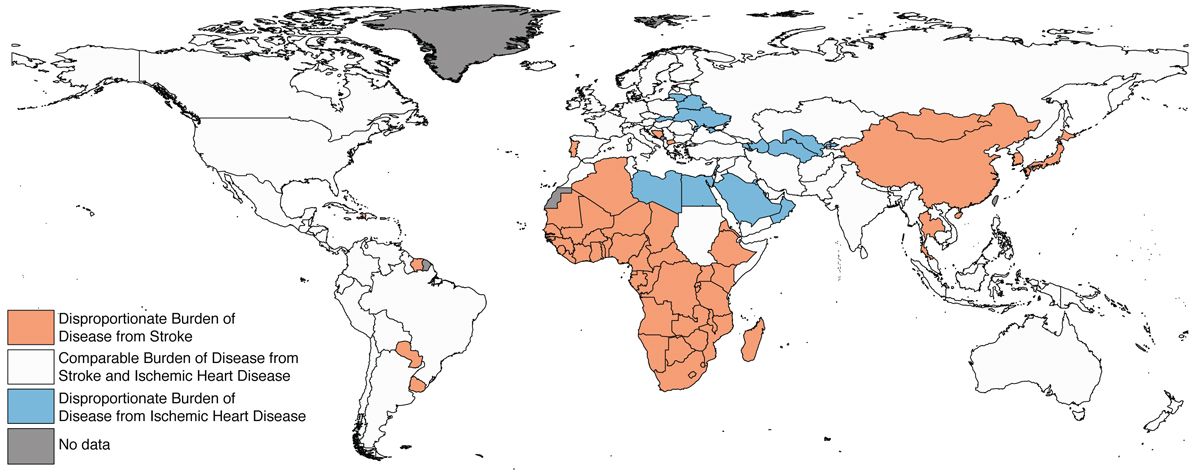National Income Tied to Heart Disease and Stroke

An analysis of heart disease and stroke statistics from 192 countries revealed that mortality rates from the two diseases vary widely from country to country and are closely linked to national income.
In the United States, heart disease is the No. 1 killer and stroke the No. 4, according to the Centers for Disease Control and Prevention. The same is true throughout the Middle East, most of North America, Australia and much of Western Europe, according to the data collected by the World Health Organization (WHO).
In many developing countries, however, stroke claims more lives than heart disease and is associated with greater disease burdens in China and throughout many parts of Africa, Asia and South America. In all, nearly 40 percent of all nations have a greater burden from stroke compared to heart disease, according to researchers at the University of California, San Francisco (UCSF).
"There was a striking association with national income," said study author Anthony S. Kim of UCSF.
"This is significant," Kim said, "because knowing that the burden of stroke is higher in some countries focuses attention on developing a better understanding of the reasons for this pattern of disease and may help public health officials to prioritize resources appropriately."
Heart disease and stroke are similar in that they are both caused by reduced or restricted blood flow to vital organs, and the two diseases share many of the same common risk factors, such as hypertension, diabetes, high cholesterol, obesity, physical inactivity and smoking.
But since each disease affects different tissues — one the brain and the other the heart — the two diseases have different symptoms, approaches to critical care, follow-up treatment and duration and cost of recovery.
Sign up for the Live Science daily newsletter now
Get the world’s most fascinating discoveries delivered straight to your inbox.
These varying costs are associated with how a nation's income influences the rates of death from the diseases, according to the study. Researchers hope that the findings will help health officials design interventions that will best fit the needs of developing countries.
The study was published Tuesday (July 5) in the journal Circulation.
You can follow LiveScience writer Remy Melina on Twitter @remymelina. Follow LiveScience for the latest in science news and discoveries on Twitter @livescience and on Facebook.













